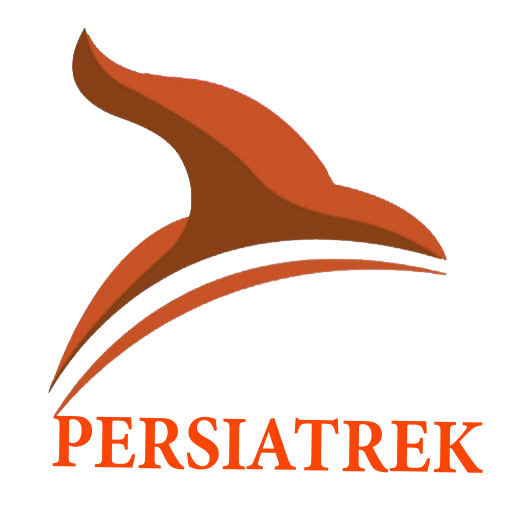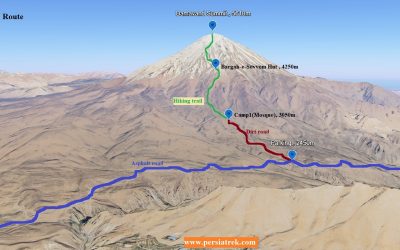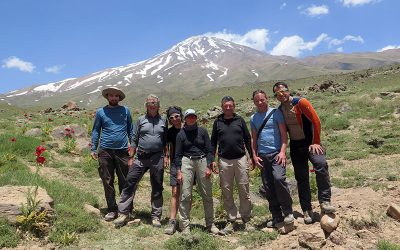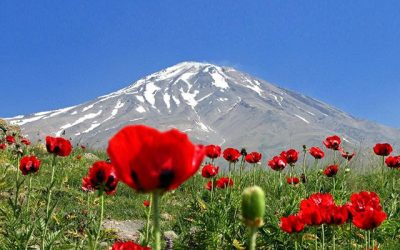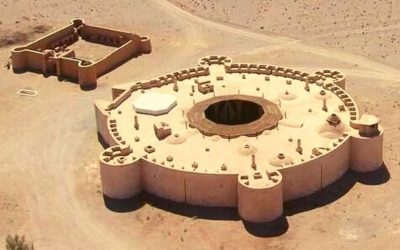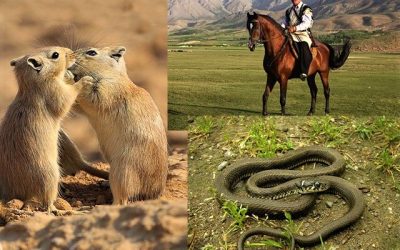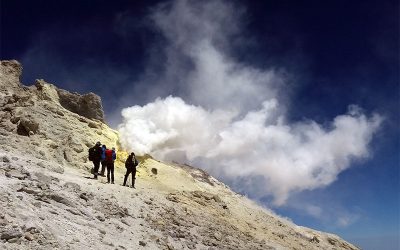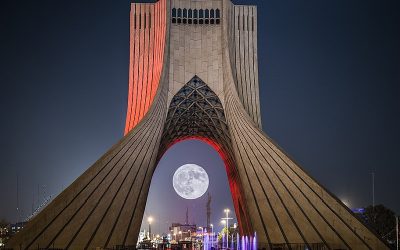Everything should know before traveling to Esfahak village
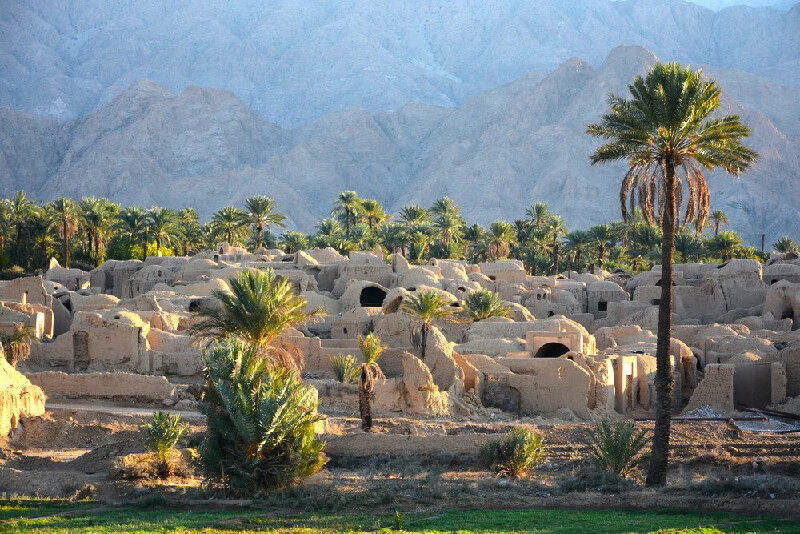
Esfahak village was registered as one of he 55 Best Tourism Villages by UN Tourism 2024 (link)
Where is Esfahak village
The historical village of Esfahak is in the eastern plateau of Iran, on the northern edge of the Lut plain.
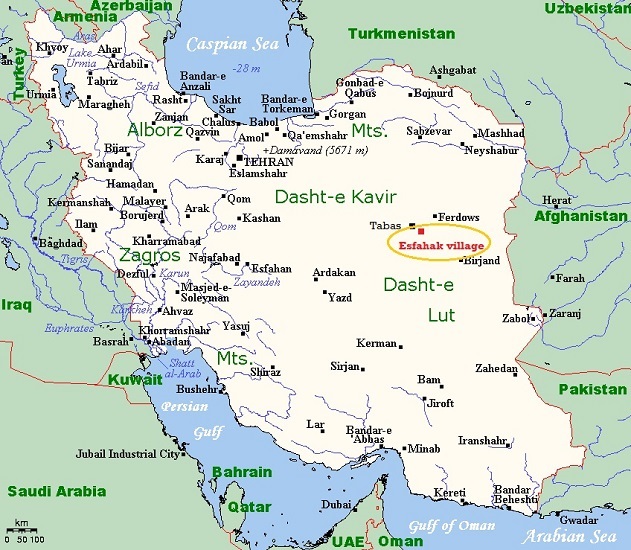
Why Esfahak is an attractive destination for tourism?
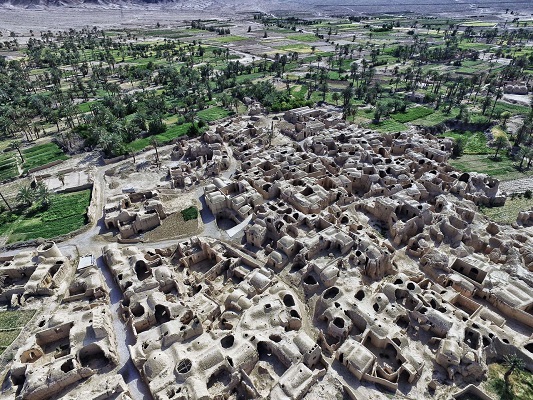
United Nations Tourism Organization introduced Esfahak village as one of the best tourist villages in 2024.
In 1357, a terrible earthquake destroyed this village. After that , many people left the village.
But since 2014, some of the villagers decided to restore the village . They preserved and revived the old and original architecture
The people used their unique assets for economic growth, promoting local traditions and improving the quality of life.
They created the necessary infrastructure for the development of tourism in this village and provided a safe, clean and healthy environment for tourists.
When is the best time to travel to Esfahak village?
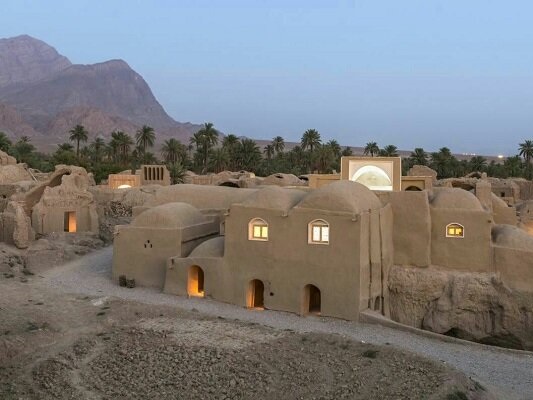
If you want to travel to this village the best time is from March to May and October to December . Because these two seasons are the best seasons to travel to the desert areas of Iran
Night sky and stargazing in Esfahak
One of the most popular attractions in desert areas is watching the starry sky at night . Esfahak village is no exception to this rule.
The people of Esfahak prevented the installation of lighting towers in the streets of the village by establishing special rules and lit them with small lanterns, thus reducing the light pollution of the village so that it is easier to see the stars.
Shortly after the reconstruction of the village, a desert observatory was built in this area to display the most beautiful night sky in front of you.
The observatory consists of three concentric brick walls that welcome tourists and desert hikers from sunset.
Esfahak architecture
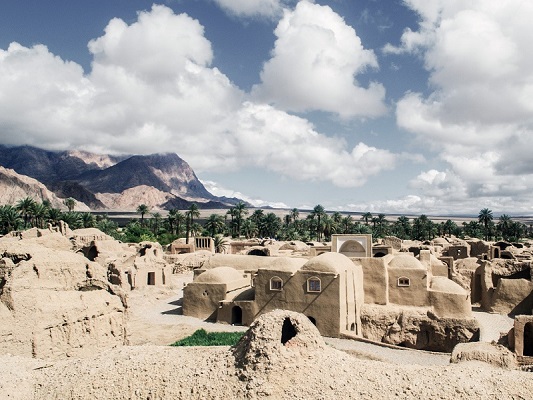
The architecture and structure are completely compatible with desert areas and the materials used in the construction of these historical houses are all clay and mud.
As a result of this type of architecture, the houses are close to each other and this makes them more secure and the risk of theft from the houses is less.
Also, this proximity of buildings helps to create more shade and minimizes heat exchange, which causes the least amount of sunlight to be received. And as a result, houses are warm in winter and cool in summer.
One of the remarkable features in the architecture of the houses of Esfak village is the dome shape of their roofs. To create shade, it is against the direction of the sun, so that during the peak hours of the sun, one side of the domes is always shaded and absorbs less heat.
Historical monuments of Esfahak village
Due to the severe earthquake that occurred in this area in 1978, many parts of the village were destroyed, but parts of it, such as the Grand Mosque, a bathhouse, and a desert observatory, still remain.
It should be mentioned that after this unfortunate incident, the village’s residents and a group of experts were rehabilitated and reconstructed the historical buildings of this village.
Grand Mosque
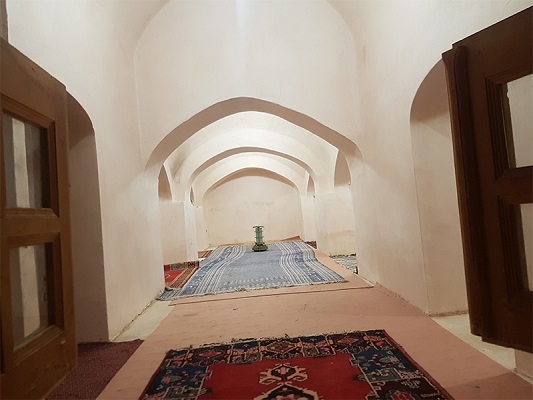
The houses of Esfahak village follow the native architecture of desert areas and Esfahak Mosque is no exception to this rule and has a small space with a straw dome and a few small windows.
Old village bath (Hammam)
Another historical building in Esfahak village is an old bath that has a platform for sitting, a headboard, short doorways and a basin in the middle.
Desert Observatory
During the reconstruction of the historical context of the village, another part was added to the village as an observatory, which consists of three brick walls that are concentric circles.
Nature tour in Esfahak village
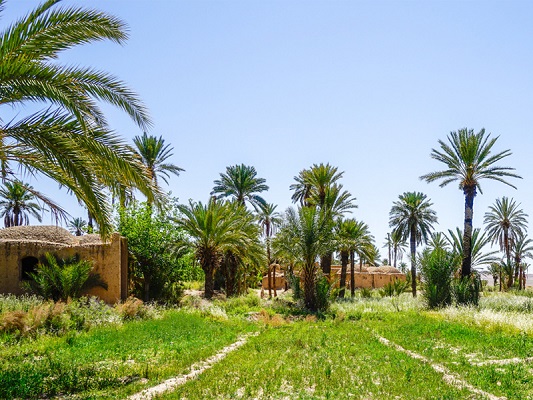
This village is on the edge of Lot desert, which is one of the largest deserts in Iran. When you travel to Esfahak, you can devote part of your time to walking around the village.
The surrounding area of the village is covered with saffron and native oregano farmlands.
Green and tall palm trees can be seen around the village, which gives you the feeling of traveling to a different region.
The orange tree is one of the regular guests of the village, even if you close your eyes, the smell of oranges will reach your nose with the breeze.
Esfahak accommodations : Stay the night in the historic and nostalgic context of the village
Do you know eco-friendly accommodations?
In these accommodations you will feel as a guest of one of the locals . Because every single detail of these houses connects you to the local culture and lifestyle.
One of these ecotourism residences in Esfahak village is a collection of six residences . this residence has 22 rooms , which do not even have appliances such as beds, televisions, and refrigerators , and the toilet and bathroom are shared.
In the interior of the rooms, there are special pillows and hand-woven carpets in different colors . Also the walls of the rooms are decorated with niches and old appliances.
The purpose of all these items and details is to make you feel the sense of life in the past .
A variety of local and native foods , live and local music performances, exhibition and shops and handicrafts are among the other facilities of these residences.
Isfahak natives.
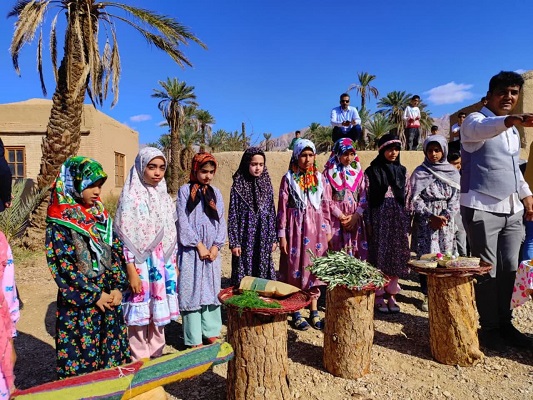
Occupation of the village people and their souvenirs
It can be said that “water” is Isfahak’s biggest asset. There are several different aqueducts in and around the village itself. For this reason, the main occupation of the village people is agriculture and raising cattle and sheep.
On the other hand, the people of this village have special skills in carpet weaving. For this reason, one of the main handicrafts of Esfak is its hand-woven carpets.
If you like to shop in the village, you can take saffron, dates or rugs with you as a souvenir to help the tourism industry of the village.
Local dress of the village
The men of Esfahak wear aprons, coats, pants, shirts, vests, hats, and shoes. The women of the village also wear long and loose shirts, pants, scarves and chadors.
The customs of the village people
One of the interesting and spectacular customs of the village is “Cheraghon” or “Cheraghon Isfaheki”. The story of this custom goes back to the time when there was no such thing as electricity or lights in the village. That’s why when it was night, people would light their oil lanterns and go to see each other.
